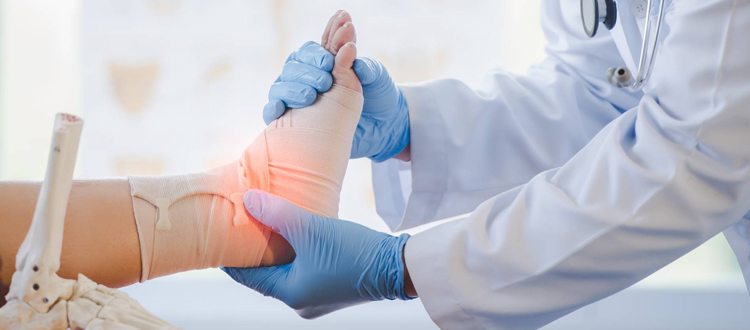Orthopaedic diseases, which affect the joints and muscles, can be extremely painful. Osteoarthritis, joint degeneration, and ligament injuries have all been treated traditionally with methods that often emphasise symptom management more than long-term solutions. However, stem cell treatment has become an effective therapeutic strategy for orthopaedic diseases due to advances in medical science.
This article will discuss stem cell treatment’s role in orthopaedics, focusing on its use in India.
Understanding Stem Cells
Undifferentiated cells, called stem cells, have the extraordinary capacity to differentiate into a variety of cell types throughout the body. They have the capacity for self-renewal and unending self-replication. Embryonic tissue, bone marrow, and adipose tissue (fat cells) can all be used to create stem cells.
Treatment Using Stem Cells for Orthopaedic Conditions
Osteoarthritis and Joint Degeneration
For people with joint degeneration and osteoarthritis, stem cell treatment presents a possible alternative to joint replacement surgery. During the procedure, stem cells are taken from the patient’s own body, typically from the bone marrow or adipose tissue.
The injured cartilage is encouraged to regenerate, and the inflammation is reduced after these cells have been processed and put into the affected joint. By using this approach, you may be able to avoid or delay surgery while also improving joint function and relieving discomfort.
Tendon and Ligament Injuries
ACL tears and other ligament and tendon problems are common in sports and other physically active people. Surgery and lengthy rehabilitation are common parts of traditional treatments for these injuries. But for certain situations, stem cell therapy provides a non-surgical option.
The procedure enhances tissue regeneration and speeds up healing by infusing stem cells into the wounded area. A quicker recovery, better functional results, and a lower chance of problems are all possible outcomes of this method.
Spinal Conditions
Stem cell therapy can potentially treat spine disorders like degenerative disc degeneration and spinal cord injury. Stem cells can be introduced into the affected area to encourage the regeneration of injured spinal discs or nerve tissue in certain circumstances. The new approach has the potential to relieve pain, improve mobility, and improve the overall quality of life in individuals with spinal disorders.
The Increasing Significance of Stem Cell Treatment in India
India has emerged as a premier destination for stem cell treatment, drawing patients worldwide. India is a pioneer in this field for a number of reasons:
Modern Techniques and Knowledge – Indian medical institutions and research facilities are outfitted with advanced medical equipment and highly qualified healthcare personnel. Orthopaedic diseases can be treated using modern techniques at Indian stem cell clinics, which uphold strict quality requirements.
Cost-effectiveness – Stem cell Treatment in India is more inexpensive while upholding good standards of care compared to many other nations. Because of its affordability, it is a desirable alternative for patients seeking high-quality care both domestically and abroad.
Regulatory Framework – A strong regulatory framework in India governs stem cell research and therapy. Patients benefit from a sense of safety and reliability because this guarantees that treatments are carried out morally and in compliance with international standards.
The Bottom Line
India is a popular destination for people looking for cutting-edge orthopaedic treatments because of its expertise in stem cell therapy, as well as its advanced medical infrastructure and low cost. Stem cell therapy will become increasingly important as research on the subject develops in terms of helping people with orthopaedic disorders live better lives.
